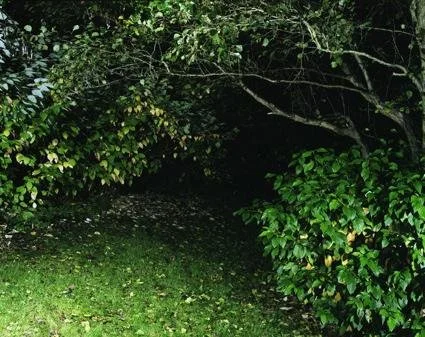Viscous Relaxation | Joel Peers, Jon Cardwell & Mark Beldon
All the featured landscape works center on locations close to where each artist has grown up. This familiarity forms the basis of a relationship to each space, but additionally each location has been the stage of a particular tumultuous event, which has become the focus of the work.The narrative history of these human interventions are in some way recorded by the environments in which they are played out in. The work begin to question these decisions by observing the impact recorded by the space.Pebbledash Gallery 2 Leswin Place, Stoke Newington, London N16 7NJ
Private View Saturday 22nd August 2009
Joel PeersThis most recent body of work by Joel Peers has been shot at a series of closed landfill sites. The sites used in this series were generally filled and closed between 1960-1980, a period in which environmental issues were not as much of a public concern as they are today. As a result, records detailing the specific contents of a given site and the methods used to contain or seal the waste have in many cases either been lost or were never recorded in the first place.This ambiguity has since affected the way in which the land has been treated and used. In most cases the sites cannot be built upon and are then re-branded as conservation areas, recreational spaces, or parks and as such are often brought back into the public domain. The new topography slowly becomes the norm as the landfill slowly fades from our collective awareness.Jon CardwellA face on which time makes but little impression.The area of Salisbury Plain is a chalk plateau covering 300 miles located in Wiltshire and Hampshire in Southern England. Upon the plain is a military training area of restricted civilian access covering roughly 150 square miles.This series of photographs taken between 2008 – 2009 takes its title from Hardy’s ‘Return of the Native’ and depict a landscape in a condition of stasis.Mark BeldonMark’s paintings show seemingly normal spaces; houses, shorelines, empty yards. Each location, however, has been the site of a disappearance or a horrific crime. In re-presenting, re-examining and re-dramatizing these scenes, the work explores each place as a meeting point between mundane existence and repressed history.


